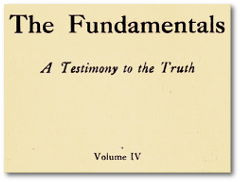Searching for Sodom
Discussion
Biblical Archaeology's Top Ten Discoveries of 2013
Body
“[D]iscoveries made in 2013 have given us new information about biblical events and people.” CT
Discussion
Various Facts Respecting Places Where the Tabernacle Was Built or Located
 [node:22019 collapsed body]
[node:22019 collapsed body]
ADDENDA TO CHAPTER I: VARIOUS FACTS RESPECTING PLACES WHERE THE TABERNACLE WAS BUILT OR LOCATED
Discussion
Archaeological find from Abraham's homeland, Ur?
Body
“If Abraham lived near this site and it served as an administrative or religious center, then it is likely that Abraham and his family might have had dealings there”

Discussion